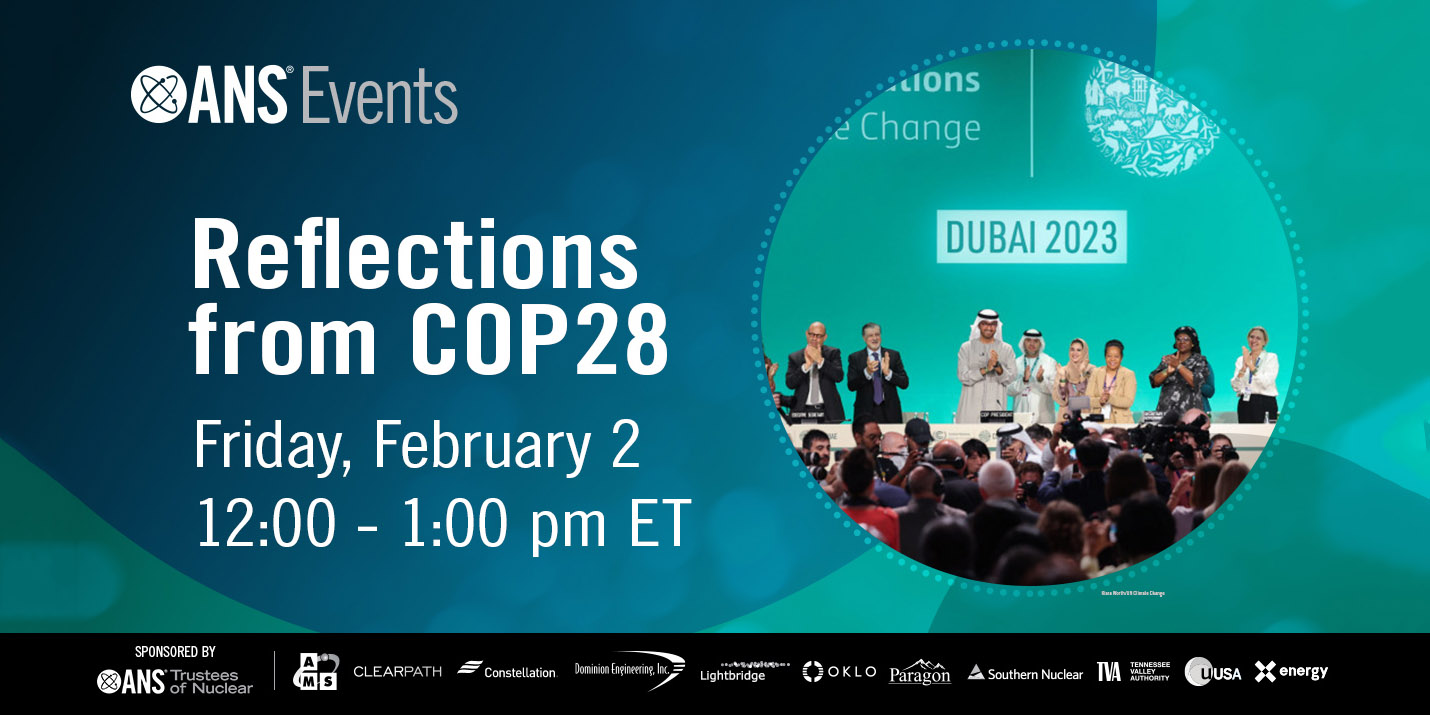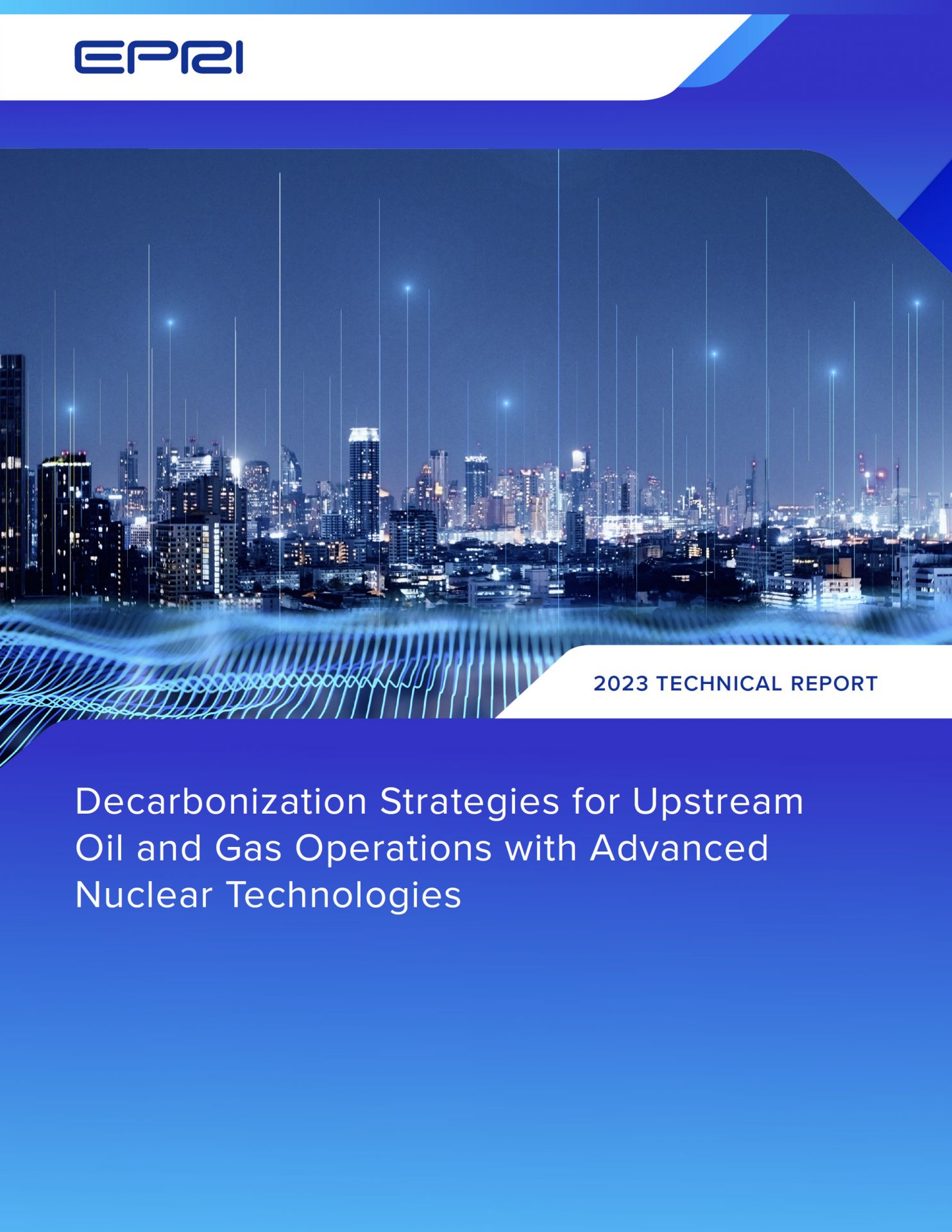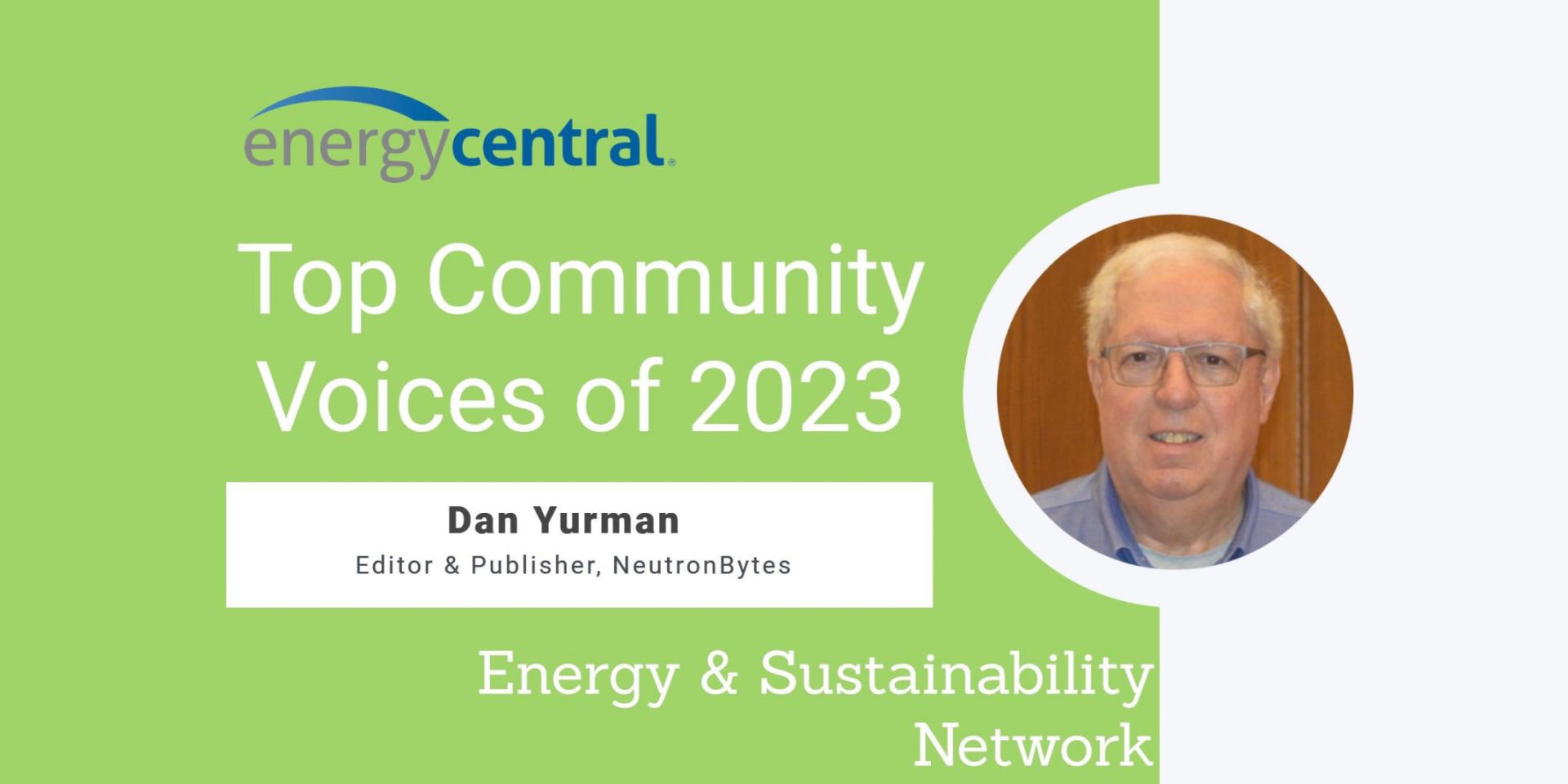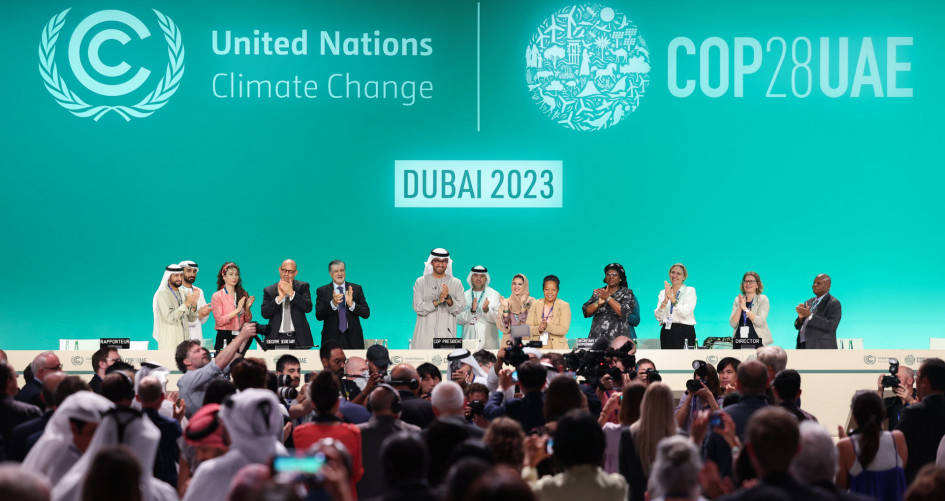COP29 takes place November 11–22, in Baku, Azerbaijan. (Photo: Adobe Stock)
As COP29 kicked off November 11, industry advocates worldwide are hoping to draw attention and increase buy-in to the need for more nuclear capacity.
Attendees at the Roadmaps to New Nuclear conference in September. (Photo: OECD-NEA)
World leaders outlined an ambitious push and targeted plans for increasing nuclear energy capacity at the Roadmaps to New Nuclear conference, held September 19–20 in Paris, France.
U.S. nuclear vs. renewable electricity generation. (Image: Ember)
The combined energy generation in the United States from solar and wind during the first half of the year was more than that of nuclear plants for the first time, according to data from energy think tank Ember.
Electricity generation from utility-scale solar and wind assets during the first half of 2024 was a record 401.4 terawatt-hours, compared with 390.5 TWh from nuclear reactors
Unit 4 at the Barakah nuclear power plant. (Photo: Nawah)
The Emirates Nuclear Energy Corporation announced last week start-up at its fourth nuclear unit at the Barakah plant in the UAE.
The plant is run by ENEC’s operating and maintenance subsidiary Nawah Energy Company. In the coming weeks, Unit 4 will be linked to the national electricity grid and undergo testing as power production is gradually increased to full capacity.
Applause at the conclusion of COP28. (Photo: Kiara Worth/UN Climate Change)
The United Nations' Climate Change Conference of Parties (COP28) in Dubai, United Arab Emirates, closed on December 13 after debate on a “global stocktake” pushed negotiations a full day past the scheduled end date. Though advocates hoping for a phaseout of fossil fuels were ultimately disappointed and must settle for “transitioning away,” another first—after 30 years of global climate conferences—is the inclusion of nuclear energy among the zero-emissions and low-emissions technologies that still could, if deployment is accelerated, support deep reductions in greenhouse gas emissions to limit global warming to 1.5°C.
Final COP28 text calls on countries to accelerate nuclear energy and other zero-carbon technologies
DUBAI, UNITED ARAB EMIRATES — Statement from American Nuclear Society (ANS) Executive Director and CEO Craig Piercy on the finalized text of the first global stocktake of the 28th Conference of the Parties (COP28) to the United Nations Framework Convention on Climate Change (UNFCCC):
“On behalf of our 10,000 members around the world, the American Nuclear Society applauds the nuclear-inclusive climate deal reached at COP28. This historic climate agreement urges countries to forge ahead on climate progress by accelerating the deployment of zero-carbon technologies, notably embracing nuclear energy, and transitioning away from fossil fuels.











 A new report from the Emirates Nuclear Energy Corporation (ENEC) and the Electric Power Research Institute (EPRI) describes the use of nuclear energy to decarbonize some activities normally powered by oil and gas.
A new report from the Emirates Nuclear Energy Corporation (ENEC) and the Electric Power Research Institute (EPRI) describes the use of nuclear energy to decarbonize some activities normally powered by oil and gas.

